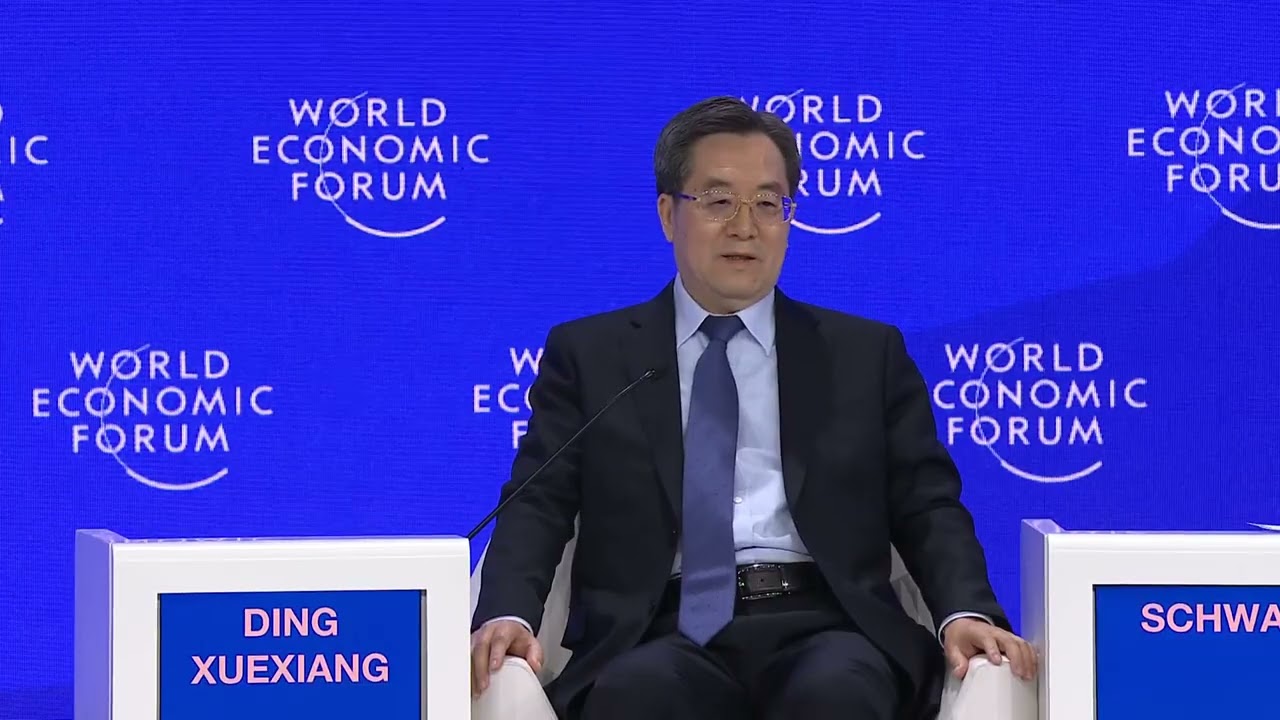
With representatives from more than 90 countries and regions, the Science and Rota Science and Technology Conference was launched in Chengdu, the capital of Sichuan Province, on June 11, 2025. The event brings together Chinese and foreign authorities to discuss cooperation measures under the initiative.
Deputy Prime Minister Ding Xuexiang, a member of the Communist Party’s Permanent Committee of the Communist Party of China, attended the opening ceremony alongside Yin Hejun, Minister of Science and Technology, and Wang Xiaohui, party secretary in Sichuan.
Also attending delegations from Iran, Uzbekistan, Thailand, Cuba, Ecuador, Honduras, Malaysia, Peru and Serbia, as well as representatives of companies such as Alibaba, Tencent and Catl.
“We have to reinforce open scientific cooperation, we are launching international scientific projects such as set laboratories and special AI and space cooperation programs,” said Ding Xuexiang by defending the creation of networks between universities, institutes and research centers.
The vice-master-minister cited protectionism and “arbitrary barriers” imposed by countries with technological containment policies and avoided mentioning specific names.
DING submitted four proposals to deepen the exchange:
- Open cooperation
Create international research networks, including joint laboratories and initiatives in artificial intelligence and space programs.
“Science has no borders and has to benefit all mankind. We have to prevent it from becoming just a game for rich countries and people. We will implement technologies in developing countries and the global south,” said the vice-minister. - Results sharing
Provide advanced technologies to achieve UN sustainable development goals, focusing on reaching lower income communities. - Exchange of researchers
Grant bags and promote seminars to young scientists from partner countries.
“We will select young talented scientists for joint training and investigations in top institutions in China,” said Ding. - Global governance
Define ethical and inclusive rules to face common challenges in science and technology.
At the opening, the “Double Thousand” plan was announced for the Chengdu-Chongqing Zone, which provides, by 2030, to carry out a thousand cooperation projects and the coming of a thousand foreign researchers to China.
Yin Hejun then reported advances since the 2023 edition of the conference. “The consensus achieved have already produced abundant fruits,” said the minister.
According to him, scientific cooperation agreements with more than 80 countries were signed; more than ten technology transfer centers created; Published thousand advanced technologies in public catalog; Launched four thousand joint research projects; 70 joint laboratories established in areas such as health and architecture; and received 55,000 young scientists for training.
Wang Xiaohui highlighted the economic volume of Sichuan province. In 2024, the local gross domestic product exceeded 6.4 trillion yuans.
“The perspectives of technological cooperation within the initiative are broad,” said the provincial secretary. He added that Sichuan intends to share innovation results with partners and build collaborative development platforms.
On the same day, the Chengdu Statement was published, a document that consolidates multilateral commitments around principles of openness, equity and mutual benefit.
The day before, Ding Xuexiang maintained bilateral meetings with authorities from Serbia, Iran and Uzbekistan, reaffirming interest in converting scientific cooperation into bilateral relationships. “Ties in science and technology can build communities of shared future,” he said, according to an official statement.
Corporate panels brought together executives from Tencent, Alibaba and Catl. Companies presented partnership plans for artificial intelligence projects, digital energy platforms and solutions to the energy transition, focusing on Global South countries.
The conference continues to discuss schedules and impact assessment of the proposed programs. Experts and delegates should analyze technical reports on revenues and expenses associated with cooperation. The Chinese government intends to send bills and exchange agreements to the Popular National Congress after the conclusion of the negotiation rounds.
The balance of the first edition and the goals of the “Double Thousand” plan must serve as the basis for the definition of long -term policies. The organization of the event provides for thermal workshops and visits to research institutions in the Chengdu-Chongqing region, where, according to the government, “scientific innovation and industry go together”.
It is expected that the conference points ways to expand the global scientific base and offer shared financing mechanisms, taking into account sustainable development goals and needs of developing countries. The closing is scheduled for June 13, when progress reports and calendar proposals will be presented to the next initiatives.
With information from Guilherme Paladino in Brazil 247
Source: https://www.ocafezinho.com/2025/06/11/china-propoe-novo-nivel-de-parceria-cientifica-no-projeto-cinturao-e-rota/

